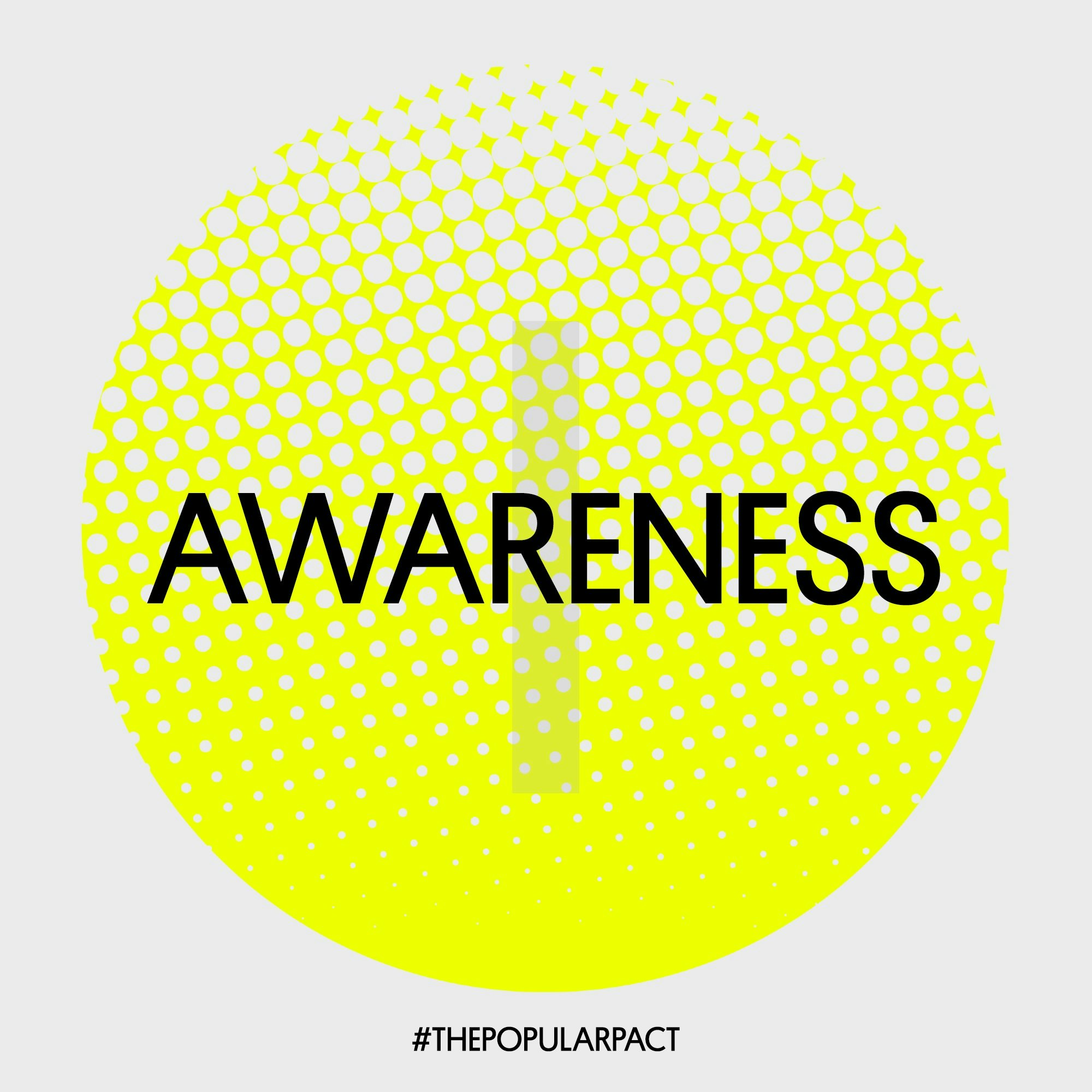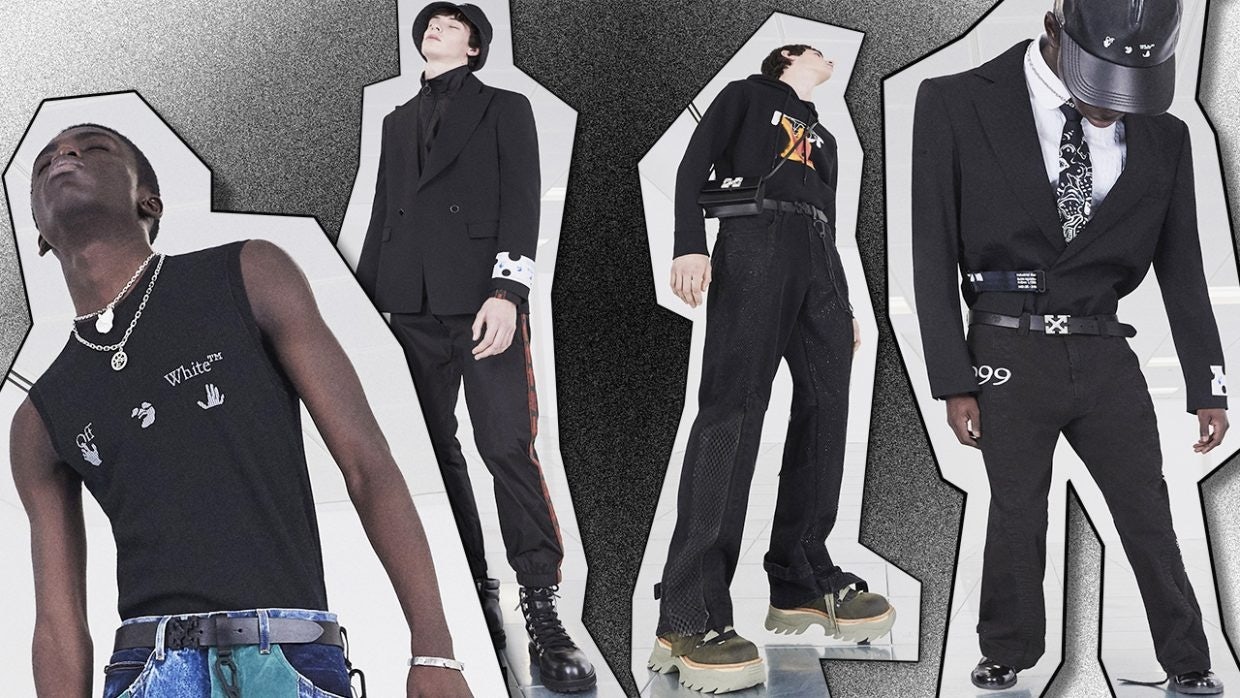This article originally appeared on The Popular Times, our partner publication on the intersection of popular culture and luxury.
AUTHORS#
Enrique Menendez, Vanessa Lee
CONTRIBUTORS#
Nelarine Cornelius, Jasmin Malik Chua, Jade Chung, Danielle Kayembe
FOREWORD#
The Popular Pact holds that for the luxury industry to progress, power holders at the personal and corporate level must adopt deeper
awareness#
of our responsibility to embrace a
system#
that prioritizes
equality#
. The Pact lays out the mission of our publication, The Popular Times, and serves as a starting point. The breadth, weight, and importance of the topics below could never adequately be covered in one article.
We deal with “luxury” but understand that luxury connects to a much wider fashion industry, and apply this thinking to the industry at large. The Popular Pact is written for all participants of luxury. To us, this means everyone: whether a fashion enthusiast, CEO, owner of a startup streetwear brand, or even a fashion cynic.
Our writing adopts an honest, and at times unfiltered, view of the traditional luxury industry. This is not for the sake of condemnation, but in the spirit of naming truth to move forward. Similarly, it is in the spirit of change that we speak directly to traditionally privileged power holders throughout. As recent societal shifts demonstrate, the luxury industry is operating on borrowed time, and must look deeper to survive.
For the purpose of our writing, The Popular Times defines three types of luxury:
Traditional luxury (–2020):#
Luxury controlled by and for the traditionally white elite.
Overwhelmingly controlled by major luxury conglomerates. Draws power from its call to exclusivity and divisive nature in society. Serves as a marker of the divisions and inequality between race and social class. Sets beauty and fashion standards for wider society in a top-down approach. The luxury that has dominated the industry for centuries and is familiar to most, if not all, audiences.
New luxury (2010–Present):#
Questions whether luxury is only for the elite, or for all people of the time.
Born from and driven by Black culture, POC, and popular culture. Often associated with streetwear. Begins to set a standard for luxury that is inclusive of a diverse audience and favors new designers and voices. Traditional luxury conglomerates today depend on new luxury for relevance. Beauty and fashion standards under new luxury are set by popular opinion dictated through social media. The luxury that has dominated the industry for the past five years and has become a standard to most audiences.
Popular luxury (2020–):#
Establishes that luxury is for all people of the time.
Includes the characteristics of new luxury. Moves to define luxury beyond the style of its product. Moves to define the luxury industry by the motives, intent, and process of its creators. Establishes that the future of the luxury industry is dependent on its ability to actively work toward equality and yield power where necessary. Holds that the luxury industry is operating on borrowed time.

I. AWARENESS [O]#
The internal growth required to move the luxury industry forward cannot be quantified by sales or found on a balance sheet. It requires power holders, traditional and new, to embrace awareness at the personal and corporate level. In
I. AWARENESS [O]#
we commit to audit luxury, and examine the distinctions between traditional luxury, new luxury, and popular luxury.
1.#
Acknowledgment [O]#
We acknowledge the inherent privilege within traditional luxury in order to make way for an inclusive industry.#
a.#
Traditional luxury derives its power from privilege and inequality.
i.#
Traditional luxury derives its power from the division it creates between classes and on systems of inequality.
ii.#
Traditional luxury’s interpretation of fashion has been mostly self-serving: designed by and for the predominantly white, powerful, and wealthy.
iii.#
Traditional luxury often has a negative impact, setting and dictating unattainable beauty standards that permeate all groups of people.
b.#
New luxury challenges traditional luxury’s power, building influence based on the style and recognition of diverse audiences.
i.#
New luxury derives its power from the inclusion and recognition of wide audiences.
ii.#
New luxury’s interpretation of fashion looks to create an ethos that goes beyond the traditional elite, instead visually blurring the lines between classes.
iii.#
New luxury, when rooted in awareness, has the potential to impact society in an inclusive manner.
c.#
Popular luxury accepts that the future of luxury to meet market demands depends on our ability to acknowledge privilege and yield it to empower and serve new markets.
i.#
Popular luxury recognizes that consumers demand and deserve a luxury industry that operates with awareness of its privilege and role in society.
ii.#
Popular luxury demands power holders at the personal and corporate level to acknowledge their privilege, making way for new systems, values, and a way of thinking.
iii.#
The Popular Times accepts our individual privilege and our work in the luxury industry as privileged in itself.
2. Transparency O#
We open luxury’s closed practices to join a world that demands transparency.#
a.#
Traditional luxury derives its power from secrecy and opacity.
i.#
Traditional luxury products derive their high cost due to a lack of disclosure regarding real cost and process.
ii.#
Traditional luxury’s ability to create demand exists under limited access, where only a select few access fashion shows, previews, parties, etc.
iii.#
Traditional luxury reserves power for a limited group: top executives, creative directors, publishers, and traditional media.
b.#
New luxury challenges traditional luxury’s power, building influence based on access.
i.#
New luxury products derive their value from the consensus of popular opinion, often voiced through social media, which demands transparency.
ii.#
New luxury’s ability to create demand around a product exists under unlimited access, where through digital channels, all audiences have access to shows, live-streams, collection drops, etc. [See The Popular Luxury Model]
iii#
. New luxury gives power to all audiences, creating a democratic chain of influence.
c.#
Popular luxury accepts that the future of the luxury industry to meet market demands depends on our ability to achieve transparency. [See: III.3.b]
i.#
Popular luxury recognizes that consumers demand and deserve a luxury industry that operates with transparency and access as its core principles.
ii.#
Popular luxury demands power holders at the personal and corporate level to pursue transparency by making way for new systems, new values, and a new way of thinking.
iii.#
The Popular Times acknowledges that exclusion of people and information no longer equates to power and commits to pursuing transparency in our own work.
3. Recognition [O]#
We recognize diverse cultures as the backbone and future of luxury.#
a.#
Traditional luxury draws a direct parallel with the white elite, deriving its power and influence through exclusionary practices.
i.#
Traditional luxury derives relevance in the areas of both fashion and art in its ability to cater to the white elite.
ii.#
Traditional luxury sees power accumulated at the hands of a select few, century-old conglomerate houses.
iii.#
Traditional luxury’s financial health is dependent on its ability to connect and sell to traditionally white and wealthy audiences.
b.#
New luxury challenges traditional luxury’s influence by drawing inspiration from and designing goods geared toward a wider audience.
i.#
New luxury’s relevance in the areas of both fashion and art lies in its ability to speak authentically to a wider audience base through popular culture. [Menendez, Nitschke, 2019]
ii.#
New luxury sees power distributed to new voices and brands and recognizes that luxury conglomerates rely on new voices for relevance.
iii.#
New luxury’s financial success is dependent on its ability to be co-signed by new power holders, influencers, hip-hop artists, and popular opinion through social media.
c.#
Popular luxury accepts that the future of the luxury industry depends on our ability to recognize wider audiences and diverse voices.
i.#
Popular luxury recognizes that consumers demand and deserve a luxury industry that recognizes new voices within Black, POC, subcultures, and popular culture communities as creative and market authorities.
ii.#
Popular luxury demands that traditional powers at the personal and corporate level work to recognize their limitations in understanding the experience of other communities.
iii.#
The Popular Times acknowledges Black, POC, subcultures, and popular culture, as the backbone and future of luxury.
Read the full article on The Popular Times#

